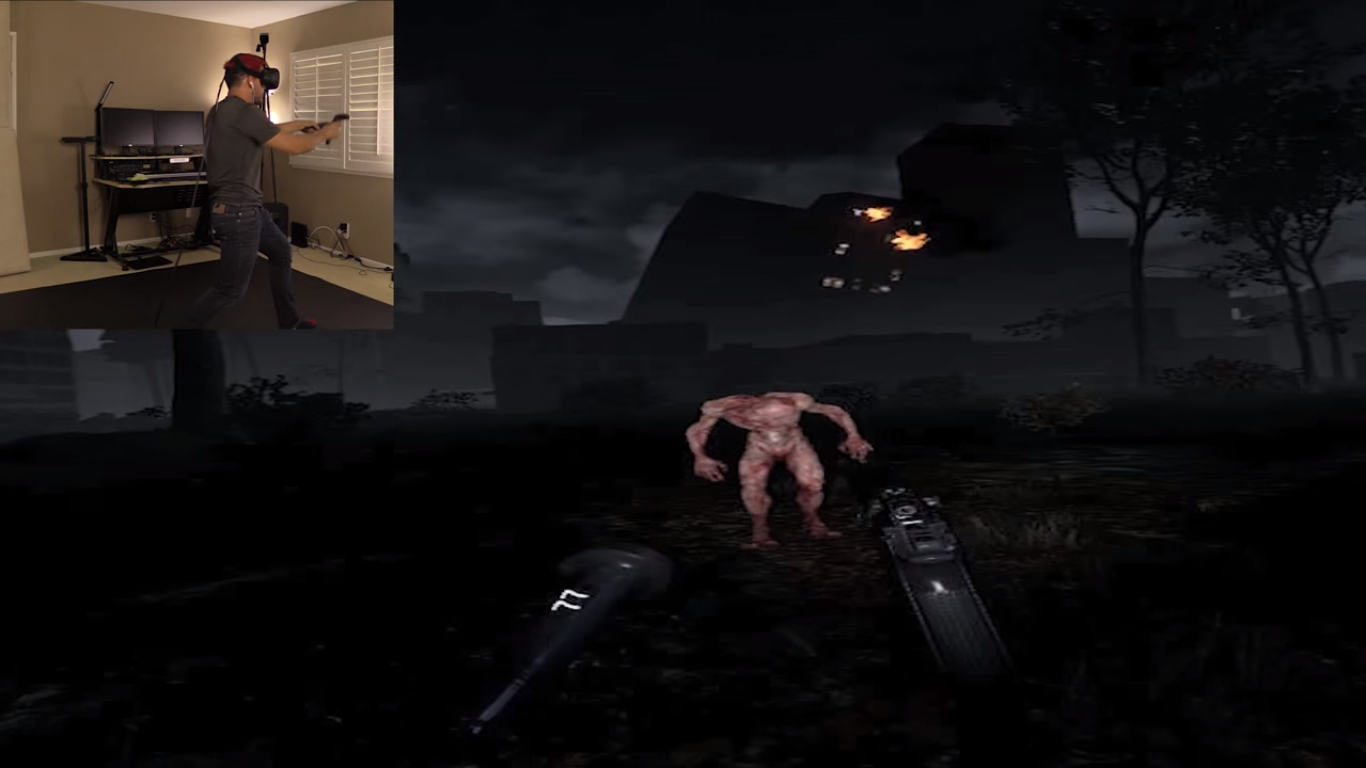
4.3.1 ATLAS (1): Searching for new physics with the Higgs and W bosons.4.2.3 XAMS - a baby dark matter detector.4.2.1 Neutrinoless double beta decay sensitivity study in future dark matter detectors.4.1 Extreme Astronomy – Preparing for CTA, the Next-Generation Gamma-Ray Observatory.3.5.6 Determination of Inter-DOM Distances using Hit Coincidences in KM3NeT Data.3.5.5 Study of Optical Properties of Sea Water using Hit Coincidences in MC Data.3.5.4 A search for periodic sources in Antares data.3.5.3 Performance Studies of ORCA for Dark Matter Detection.3.5.2 Neutrino oscillation measurements with the KM3NeT neutrino telescope.3.5.1 Data analysis of the first deployed KM3NeT detection lines.3.4.3 Spectral X-ray imaging - Looking at colours the eyes can't see.3.3.3 LHCb simulations of physics beyond the Standard Model.3.1.2 Backgrounds in Radioactive Decay Measurements.2.5.2 The Higgs boson decaying to photons.2.4.5 Determination of Inter-DOM Distances using Hit Coincidences in KM3NeT Data.
 2.4.4 Study of Optical Properties of Sea Water using Hit Coincidences in MC Data.
2.4.4 Study of Optical Properties of Sea Water using Hit Coincidences in MC Data.  2.4.3 Performance Studies of ORCA for Dark Matter Detection. 2.4.2 Neutrino oscillation measurements with the KM3NeT neutrino telescope. 2.4.1 Data analysis of the first deployed KM3NeT detection lines. 2.3.3 Seesaw mechanism and neutrino mass. 2.3.2 Maximum precision on new physics through information theory. 2.3.1 Standard Model Effective Field Theory analysis of Z+dijet production. 2.2.1 Characterization of the new ultrathin ALPIDE monolithic active pixel sensor. 2.1.4 Detection of scintillation light from liquid noble gasses. 2.1.3 Backgrounds in Radioactive Decay Measurements. 1.7.2 Effective Field Theories of Particle Physics from low- to high-energies. 1.6.4 Multi-messenger astronomy with neutrinos and radio signals.
2.4.3 Performance Studies of ORCA for Dark Matter Detection. 2.4.2 Neutrino oscillation measurements with the KM3NeT neutrino telescope. 2.4.1 Data analysis of the first deployed KM3NeT detection lines. 2.3.3 Seesaw mechanism and neutrino mass. 2.3.2 Maximum precision on new physics through information theory. 2.3.1 Standard Model Effective Field Theory analysis of Z+dijet production. 2.2.1 Characterization of the new ultrathin ALPIDE monolithic active pixel sensor. 2.1.4 Detection of scintillation light from liquid noble gasses. 2.1.3 Backgrounds in Radioactive Decay Measurements. 1.7.2 Effective Field Theories of Particle Physics from low- to high-energies. 1.6.4 Multi-messenger astronomy with neutrinos and radio signals. 
1.6.3 Machine learning for event classification in KM3NeT.1.6.2 Search for sterile neutrinos with KM3NeT.

1.6.1 Neutrino oscillation measurements with the first KM3NeT data. 1.5.3 Time resolution of a new digital pixel test structure from test beam data. 1.5.2 Modeling radiation damage in silicon sensors. 1.5.1 Time resolution of monolithic timing detectors. 1.2.1 The Higgs boson - did we miss anything and can we do better?. 1.1.1 Response of materials to scintillation light from liquid noble gasses.








 0 kommentar(er)
0 kommentar(er)
